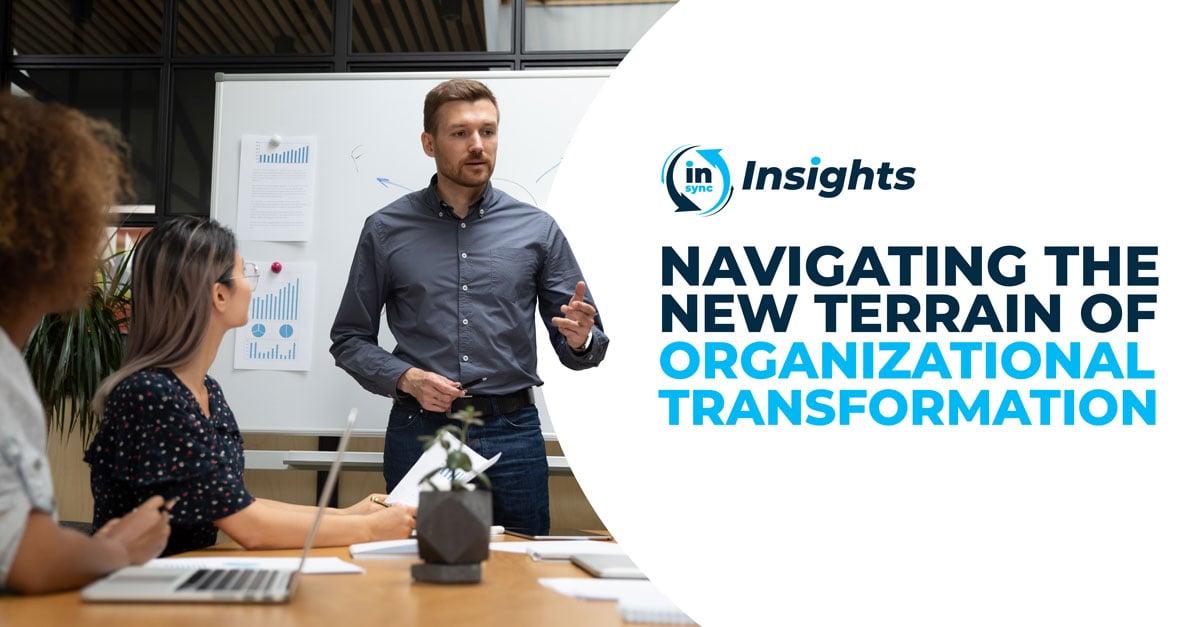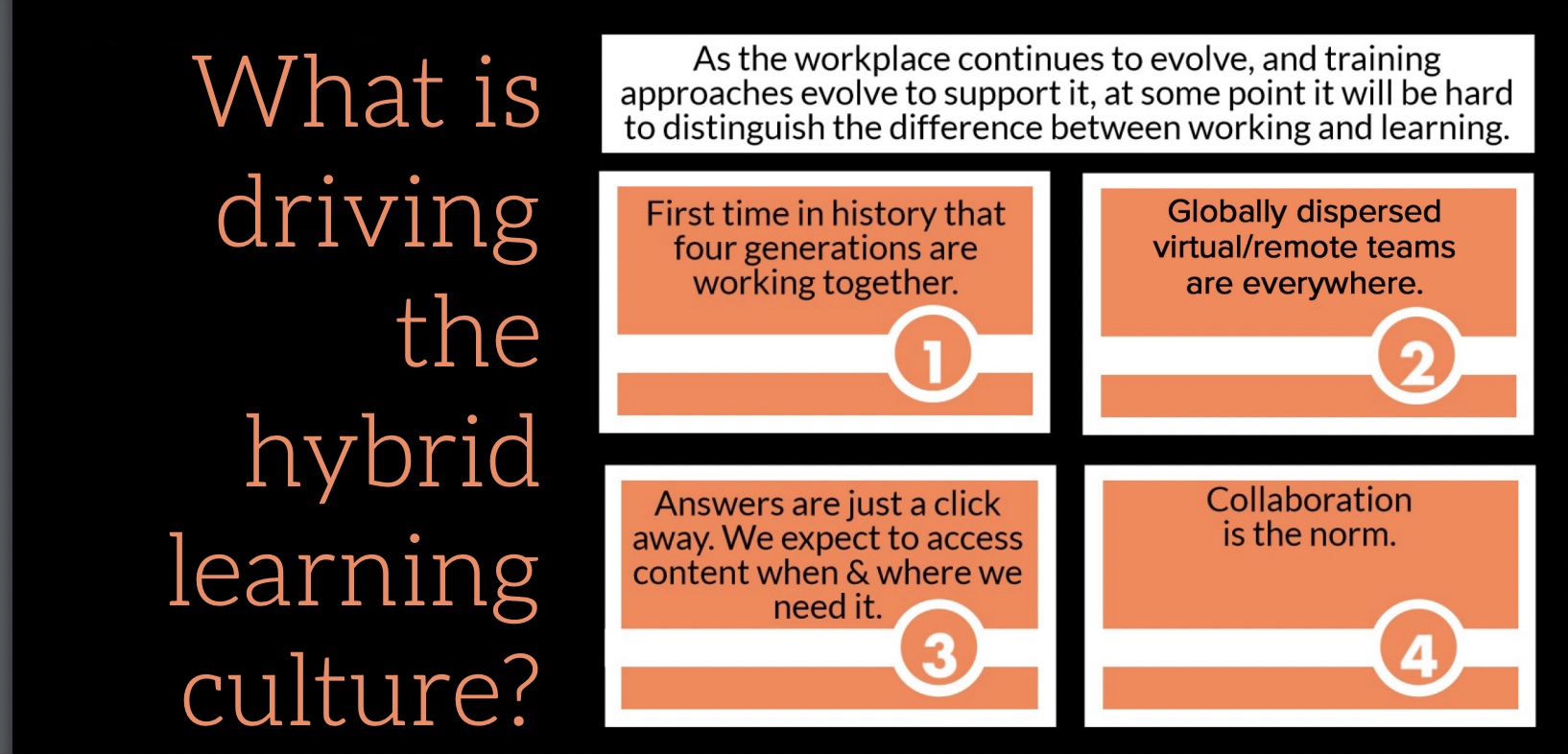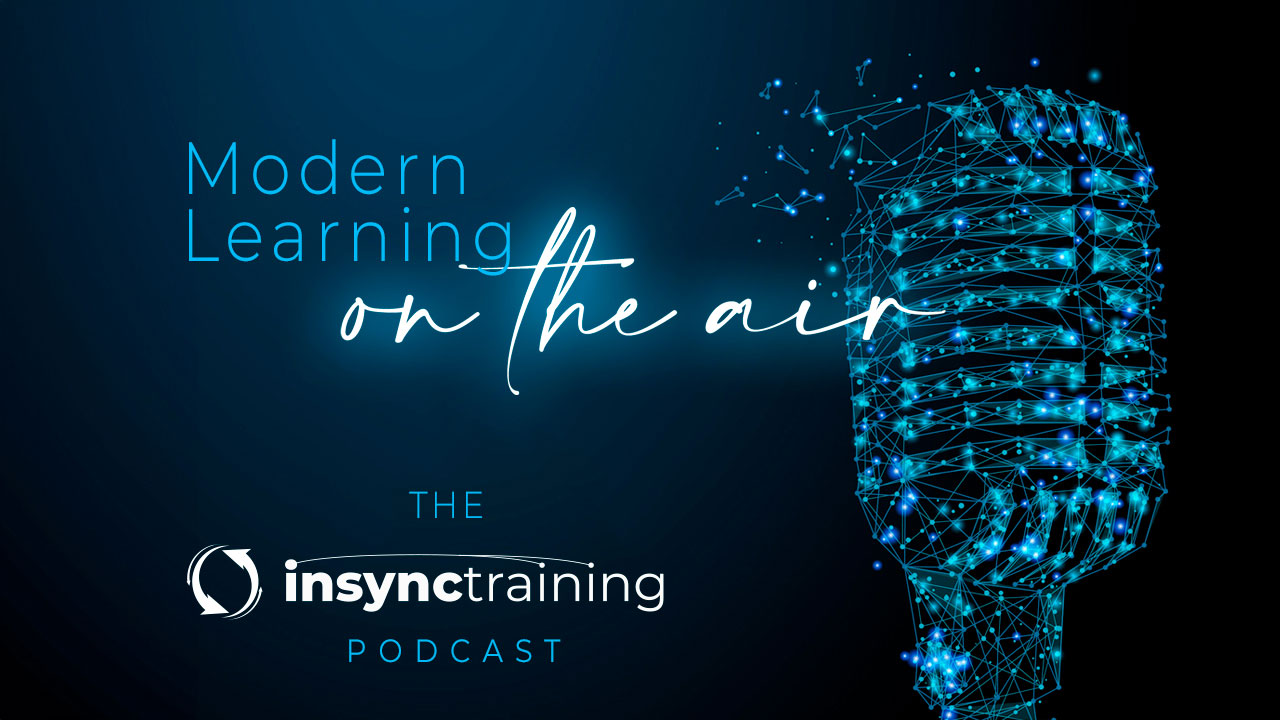Research: Well-Designed Training Improves Hybrid Worker Productivity
For Immediate Release InSync Training’s latest study shows that well-crafted hybrid training boosts efficiency and culture in hybrid workplaces.


In the wake of global disruptions, rapid technological advancements, and evolving workforce expectations, organizations need new skills from leadership. Gone are the days when “change leaders” merely implemented new ideas. Today, they are called upon to foresee and navigate transformation on all scales and with varying levels of complexity. They must not only manage the logistics of change but also champion forward-looking solutions and inspire those with whom they work. These visionaries can help an organization thrive by developing their own core competencies and pursuing certain key strategies for their organization.
By focusing on human-centric design and sustainability, leaders can orient their companies toward a future where business success and human wellbeing go hand in hand. Here are a few core competencies these leaders practice:
Visionary Thinking: Envisioning a future state and articulating their vision in an inspiring and motivating manner
Empathy and Inclusivity: Understanding and addressing the diverse needs of the workforce and fostering an environment where every person’s needs and ideas are heard and valued
Resilience and Adaptability: Withstanding setbacks, navigating uncertainty by adapting to the unexpected, and being able to “rebel” from the status quo to pursue better mindsets
Strategic Communication: Sharing the benefits of their own abilities with others and building community by listening, engaging, and building trust
Cultivating these qualities builds good change leaders; applying them entails good change leadership. Following the right strategies can further help your organization thrive in today’s business environment and be ready for any future change.
Here are four key strategies to keep in mind for effective change leadership:
1. Build a Collaborative Culture
Cultivate an organizational value of collaboration and co-creation. Engage stakeholders, encourage open dialogue, and face difficult conversations. The cultural improvement will pay off.
2. Focus on DEIAB Initiatives
Diversity, Equity, Inclusion, Accessibility, and Belonging are critical to keep in mind in today’s global business context. Change leaders should integrate these emphases into the core of their change strategies and address visible inequalities transparently. Creating the social norm of cultural change requires the organization prioritize trust among the team.
3. Emphasize Sustainable Practices
Sustainability is no longer just an option but rather a necessity. Leaders should advocate for sustainable and regenerative practices—focusing on People and the Planet alongside Profitability—within their organizations to promote its long-term viability and positive reputation. Opportunities in connection with the greater community may also arise, such as chances to share knowledge, expertise, technologies, or financial resources to support social equity, economic development, or environmental protection.
4. Leverage Technology and Innovation
Embracing technological advancements and innovative solutions can facilitate more efficient and impactful change for long-term organizational success. Go beyond acknowledging new technology and ways of working; incorporate them into measures of success in your corporate dashboard. Whether it’s adapting to the hybrid workforce and the virtual classroom, surpassing the newest expectations for environmental consciousness and inclusivity, or integrating new software or processes, use the progress in the world of business as an opportunity for growth.
Learning the above abilities and strategies—such as through personalized change management coaching—can solve existing workplace issues and make the whole organization more resilient for future changes. Consider the following case study that shows the value of tailored coaching in fostering inclusive, empathetic, and effective leadership within diverse organizational contexts.

One leader was perceived negatively in the workplace, particularly as a result of some of his actions being interpreted as bullying and discriminatory. I realized that one root problem was cultural communication barriers.
Cross-Cultural Awareness Training: I provided resources that enhanced understanding of different cultural norms to address problems resulting from diverse expectations and communication styles. Training was provided to all affected leaders and employees to avoid singling anyone out—and thus creating emotional resistance to change—and to ensure that an appropriate baseline of conduct was established.
Personalized Trust-Building Sessions: Through one-on-one coaching sessions, I built relationships based on trust with all members of the team. This practice helped them facilitate open and honest communication. Through new trusting relationships, we rehabilitated tolerance in the workplace by valuing the input of those who felt harmed and by asking and allowing those who needed to change to do better once they knew better.
Active Listening Techniques: I also provided coaching for the team in active listening skills focused on understanding and valuing the perspectives of female colleagues. After I helped the leader and complainant develop these skills and practice them with each other, both agreed to work together better.
The leader’s improved understanding of cultural differences and enhanced communication skills led to better workplace relationships. His decision to involve his daughter in similar coaching sessions demonstrated a significant shift in his approach to interpersonal dynamics with women in his workplace and, broadly, both professional and personal growth.
Correctly focused training and development brings change-ready skills to leaders and employees alike. Making an organizational habit of providing learning and development opportunities can aid in building competencies necessary to lead and thrive with change. Accredited change management training programs go beyond teaching the process and practices of change; instead, each program is uniquely tailored to address the organization’s specific needs and to empower teams with transformation-ready skills and mindsets.
Though change leadership faces such challenges as resistance to change, cultural barriers, and difficulties maintaining momentum, these challenges really present opportunities for growth, innovation, and strengthening the organizational fabric. Adopting agile mindsets—being proactive rather than reactive—ensures new ideas can be applied immediately and fosters a culture of continuous improvement.
Being a modern change leader requires blending strategic foresight, empathetic leadership, and a personal commitment to continuous learning and adaptation. The insights and approaches championed by Regenerative Coaching—this practice of evolving as an organization through the problems, process of change, and opportunities of any situation—provide valuable guidance for aspiring change leaders. Embracing these principles can lead organizations toward a future marked by resilience, inclusivity, and sustainability.
As you embrace the role of a change leader or grow in the ways you already fulfill that need for your organization, start by keeping these three crucial points in mind:
Prioritize Strategic Insight: Stay ahead of industry trends and emerging global challenges with tailored strategies that consider the unique needs of your organization.
Enhance Your Leadership Skills: Develop the abilities needed to lead with empathy, agility, and innovative thinking.
Cultivate culture: Foster a workplace that embraces change, encourages diversity, and values every employee’s ideas and role for adapting to evolving circumstances.
By starting with these three recommendations, cultivating the abilities and strategies that allow for effective change leadership, and leveraging training and development, you and your organization will be well on your way to navigating the new terrain of organizational transformation.
Contact InSync Training today and take the next important step in transforming your training into a strategic advantage. Our team is at the ready to craft a unique hybrid virtual learning strategy that perfectly aligns with your business objectives.
Each solution is a customized collaboration fortified with robust research and pioneering methods that deliver scalable, top-tier solutions tailored to meet your peoples’ needs.
Don't just meet your training goals—surpass them with ease and confidence with InSync by your side.

For Immediate Release InSync Training’s latest study shows that well-crafted hybrid training boosts efficiency and culture in hybrid workplaces.

Today's hybrid workforce is more global, virtual, and mobile than ever before with a modern learning culture that is not only just about technology –...

A Conversation with Jennifer Hofmann and Karen Vieth Tune into the InSync Podcast where Karen Vieth, the Vice President of Virtual Learning...